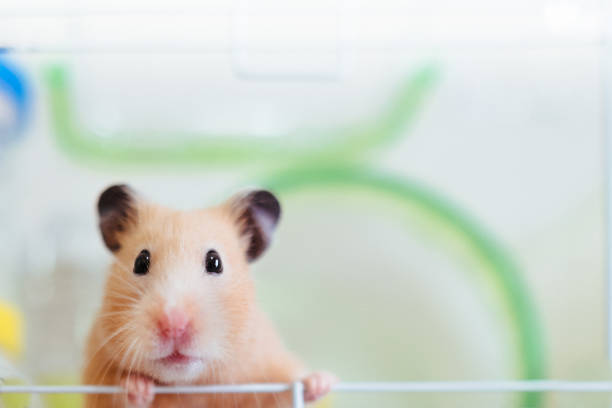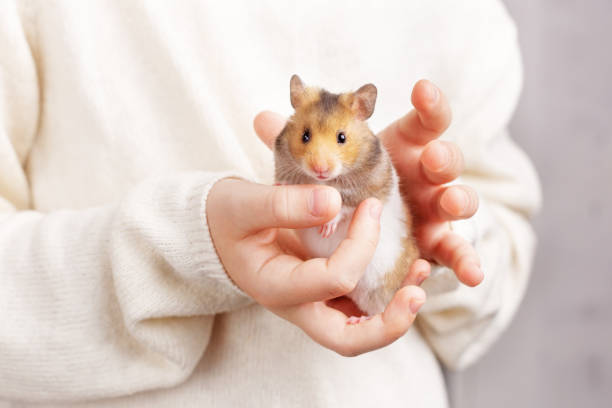On average, hamsters live two to three years. Read here what signs of aging look like in hamsters and how you and your children can deal with them when your hamster dies.
It’s not easy when a beloved pet dies. Even when a hamster dies, it can take a toll on its owners. After all, he was part of the family for several years. Since hamsters don’t get as old as dogs, cats, or rabbits, you have to deal with the topic relatively early on when keeping hamsters.
Signs of aging in hamsters

On average, hamsters only live two to three years. After the first year of life, the first signs of aging set in. These are noticeable both in the behavior and in the appearance of old age:
- The hamster’s joy of movement and liveliness often decreases rapidly.
- Since stress affects an old hamster more than a young one, it can also react with threats and biting.
- The hamster gets thinner and shaggy fur, which can sometimes be dirty.
- The hamster’s eyes are a bit cloudy.
- Older hamsters tend to be overweight or underweight.
Time to say goodbye to the hamster
In addition to the normal signs of aging, hamsters can also become ill in old age. If your hamster stops eating with appetite, sleeps outside of the enclosure, or finds a bump or lump on palpation, then you should see a veterinarian for a check-up and advice.
Depending on the cause of the symptoms and how far advanced a potential disease is, the vet will advise you to put the hamster out of its condition and put it to sleep. If your hamster is actually suffering, you will notice it yourself. In this case, you should follow the advice of the veterinarian, even if the parting is difficult. You have finally grown fond of the little rodent and associate many shared experiences with him. The following applies: Always make decisions in the interests of the animal.
Pleasant transportation
If the hamster has to be taken to the vet, this often means stress for the hamster. Choose the right carrier and add some bedding to make your hamster feel a little more secure. You should also take some snacks with you for the journey. The ideal equipment for transporting a hamster can be found here:
When the hamster dies: comfort your child

For children, the death of their beloved hamster comes as a shock. However, do not try to hide the loss or even put a new hamster in the child’s cage in place of the deceased one. The child knows his animal and immediately notices that the rodent in the cage is not his. Also, do not try to distract your child with games and jokes, but encourage him to draw pictures of the deceased hamster or write a little story about him.
Give your child the opportunity to say goodbye to their hamster. Rituals such as a funeral are helpful for this. You can use a small wooden box as a coffin. A grave can help the child process the loss better.
However, since not everyone has a garden and burial in their own garden is not permitted everywhere, there are also special cemeteries just for animals. An alternative to a grave is to leave the hamster with the vet, who will then transfer it to the rendering service.
If your child doesn’t want a new animal, for the time being, respect that. Put away the cage and other paraphernalia. However, if after a while your child starts wanting a new hamster, treat it to a new little friend, provided the external circumstances allow.